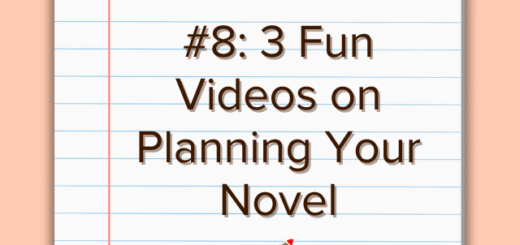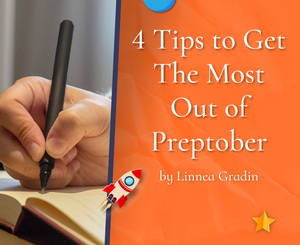Beating Your Scene into Action by Kay Keppler
 Welcome to the next installment of craft posts by monthly guest columnist, Kay Keppler. Today she’ll share about setting and how to make them work for your story. As you dive into your NaNoWriMo book, keep these tips in mind.
Welcome to the next installment of craft posts by monthly guest columnist, Kay Keppler. Today she’ll share about setting and how to make them work for your story. As you dive into your NaNoWriMo book, keep these tips in mind.
You can contact Kay through the Writer’s Fun Zone or at kaykeppler@yahoo.com to ask questions, suggest topics, or tell her she’s off her rocker. (She let me say that!)
***
Every scene you write should have a purpose. It should move the plot or develop a character. To keep your scenes active and give them some energy, think about the values that are at stake in each one.
Emotions in Play
Let’s say that your character is thinking about selling the family homestead after the death of a parent. What’s your character struggling with? Love, hate, grief, happiness? How is that value charged at the beginning of the scene? Positively or negatively? Does the character feel sad, but is comforted by knowing life has come full circle? Or is your character angry that the parent didn’t take care of the place and it’s now worthless?
When you look at the end of the scene, where is that value now? It should have shifted one way or the other. If it hasn’t, ask yourself—why is that scene in your story? If nothing happens—if the emotion doesn’t change, if the goal hasn’t shifted, if the behavior is repetitious—if the scene does nothing but convey information, that scene is really just backstory. Take the information you want to convey and weave it into the rest of your narrative. You don’t need a scene for it, because scenes have to move.
The Beating Heart of Your Story
One way to keep your scenes on track is to look at them as sequences of “beats.” You can think of a beat as an action/reaction that shapes the developing scene. A beat can be a couple of paragraphs, or it can be a couple of pages. But several beats with an accumulated effect will shape your scene and give it the change in tone or mood that you need.
Let’s look at the heir to our homestead again. The heir, let’s say Bill, has not been back to the house he grew up in for 20 years. His parents died a peaceful death at home, and while he feels sad, he’s returned to his home town to evaluate the place for the market. He remembers the house as a large, warm, generous, well-functioning household. He drives up to the curb, and his first impression is that it looks exactly like he remembered. He walks up the front sidewalk. Everything looks good—the yard is mowed, the flowers blooming, the porch solid, the paint in good repair.
That’s the end of the first beat. He arrives thinking the house is big and welcoming, and it is. He’s pleased that his parents took good care of the place.
He climbs the steps to the front porch. The realtor said the key was hidden under the planter by the front door. When lifts the planter, a rat jumps out, startling him. He feels unnerved.
That’s the end of the second beat. Now Bill’s happiness and sense of well-being have taken a hit.
Bill unlocks the door and enters the hallway, still feeling rattled. The house smells musty and sour. Bill walks into the living room to open a window, and there he sees a skeleton sitting in his mother’s old rocking chair.
Blind with terror, Bill runs out of the house.
That’s the end of the third beat and the end of the scene. The beats show three distinct behaviors, three clear changes of action and reaction.
The Beat Goes On
You don’t have to write thinking consciously about the beats to a scene. In fact, you can apply the analysis after your scene is written, particularly if you think the scene is flat. But whether you think in terms of a beat structure or not, each scene should show the shift in action or tone that beats can help build. Beats are just one way to look at your scene to make sure it has energy and purpose.
***
 Kay Keppler (www.kaykeppler.com) is an author (Zero Gravity Outcasts, Betting on Hope) and editor of fiction and nonfiction (Asylum Harbor, Outsource It!) who lives in northern California. Contact her here or at kaykeppler@yahoo.com to ask questions, suggest topics, or if you prefer, complain.
Kay Keppler (www.kaykeppler.com) is an author (Zero Gravity Outcasts, Betting on Hope) and editor of fiction and nonfiction (Asylum Harbor, Outsource It!) who lives in northern California. Contact her here or at kaykeppler@yahoo.com to ask questions, suggest topics, or if you prefer, complain.






